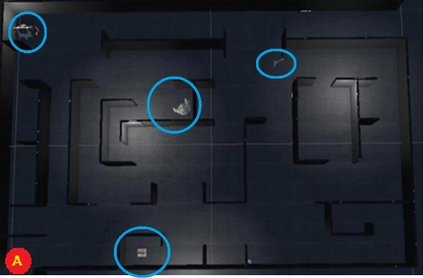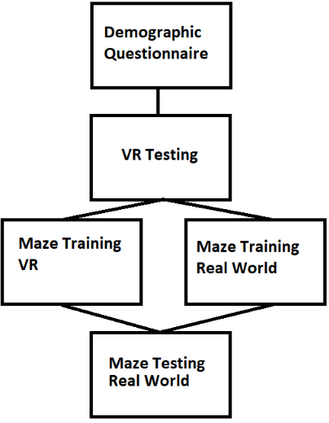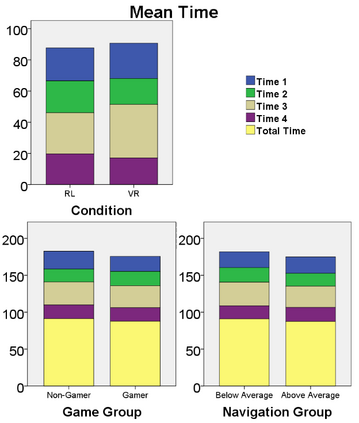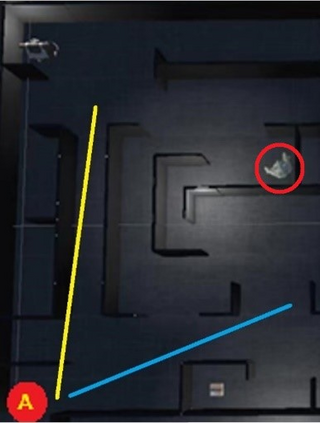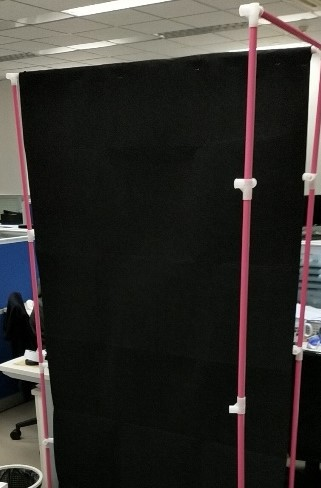Virtual Reality (VR) head-mounted displays (HMDs) have been studied widely as tools for the most diverse kinds of training activities. One special kind that is the basis for many real-world applications is spatial knowledge acquisition and navigation. For example, knowing well by heart escape routes can be an important factor for firefighters and soldiers. Prior research on how well knowledge acquired in virtual worlds translates to real, physical one has had mixed results, with some suggesting spatial learning in VR is akin to using a regular 2D display. However, VR HMDs have evolved drastically in the last decade, and little is known about how spatial training skills in a simulated environment using up-to-date VR HMDs compares to training in the real world. In this paper, we aim to investigate how people trained in a VR maze compare against those trained in a physical maze in terms of recall of the position of items inside the environment. While our results did not find significant differences in time performance for people who experienced the physical and those who trained in VR, other behavioural factors were different.
翻译:虚拟真实(VR)头挂式显示器(HMDs)已被广泛研究,作为最多样化的培训活动的工具。许多现实世界应用的基础之一是空间知识的获取和导航。例如,从心底了解逃离路线可以成为消防员和士兵的一个重要因素。关于虚拟世界中获得的知识如何转化成真实的先前研究的结果好坏参半,有些研究表明VR的空间学习与使用正常的2D显示相近。然而,VR HMDs在过去十年中发生了巨大变化,对于在模拟环境中使用最新的VR HMDs进行空间培训的技能与在现实世界中培训相比的情况知之甚少。在本文中,我们的目的是调查在VR迷宫中接受培训的人与在回顾环境中项目位置方面受过培训的人相比,如何比较VR迷宫中受过培训的人。虽然我们的结果发现在体力和在VR接受培训的人的时间表现上没有显著差别,但其他行为因素却不同。


